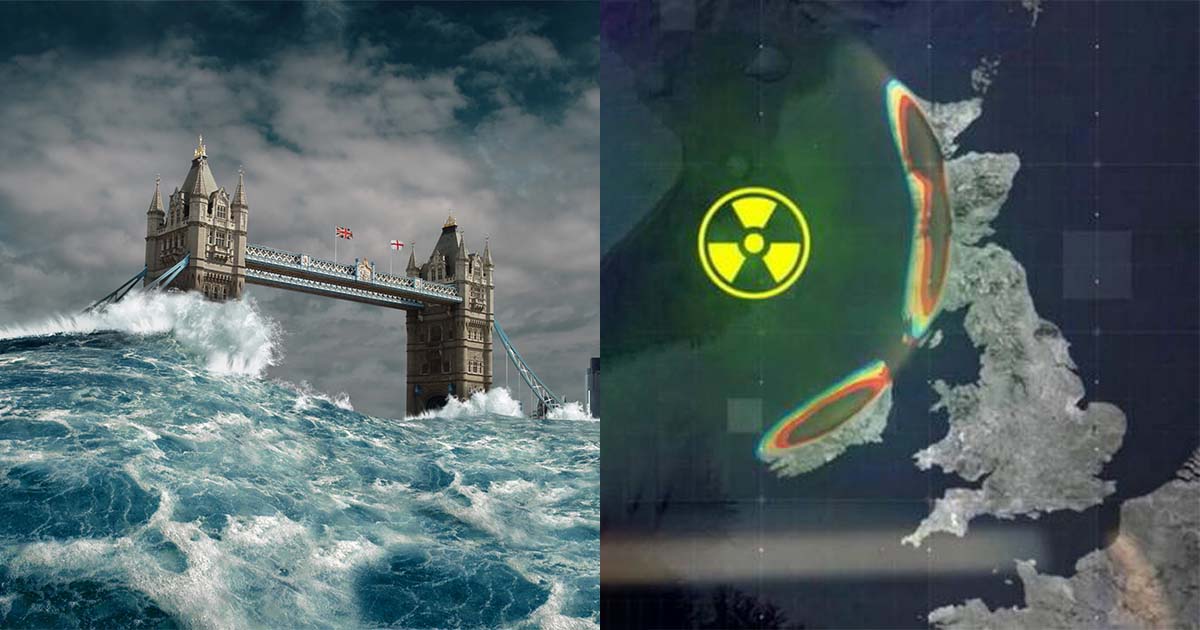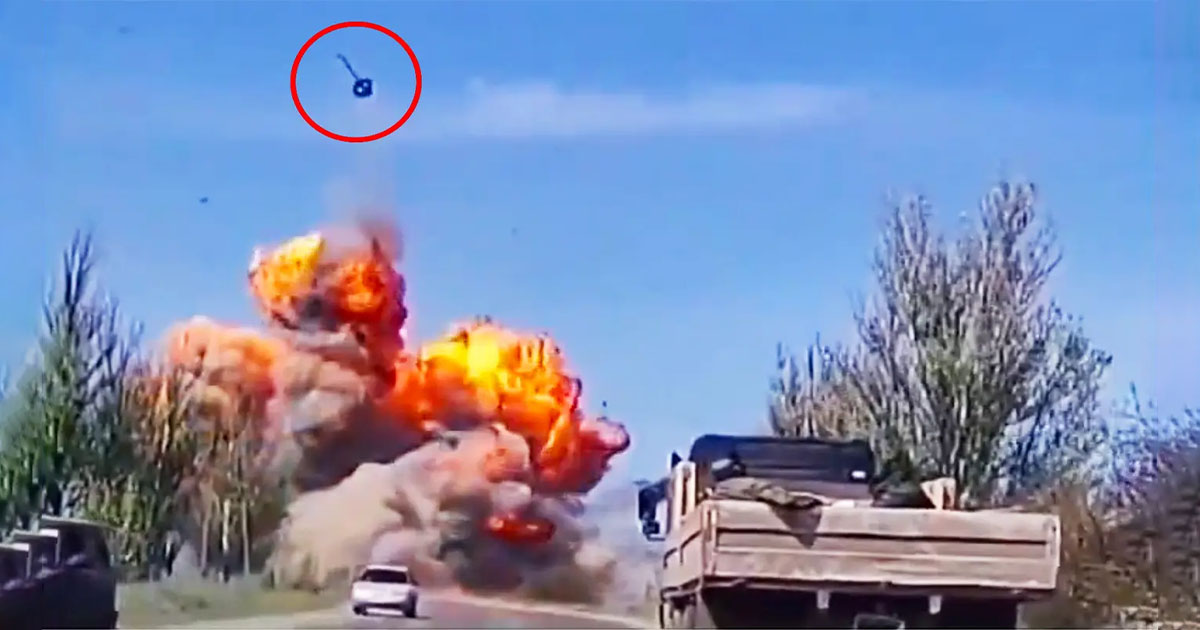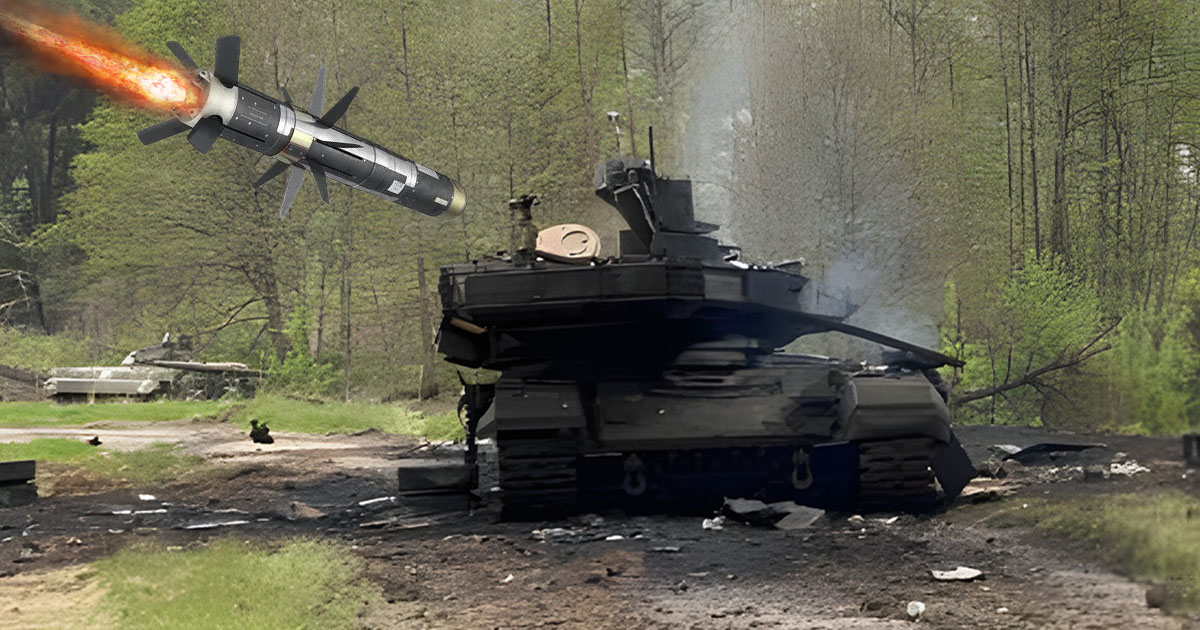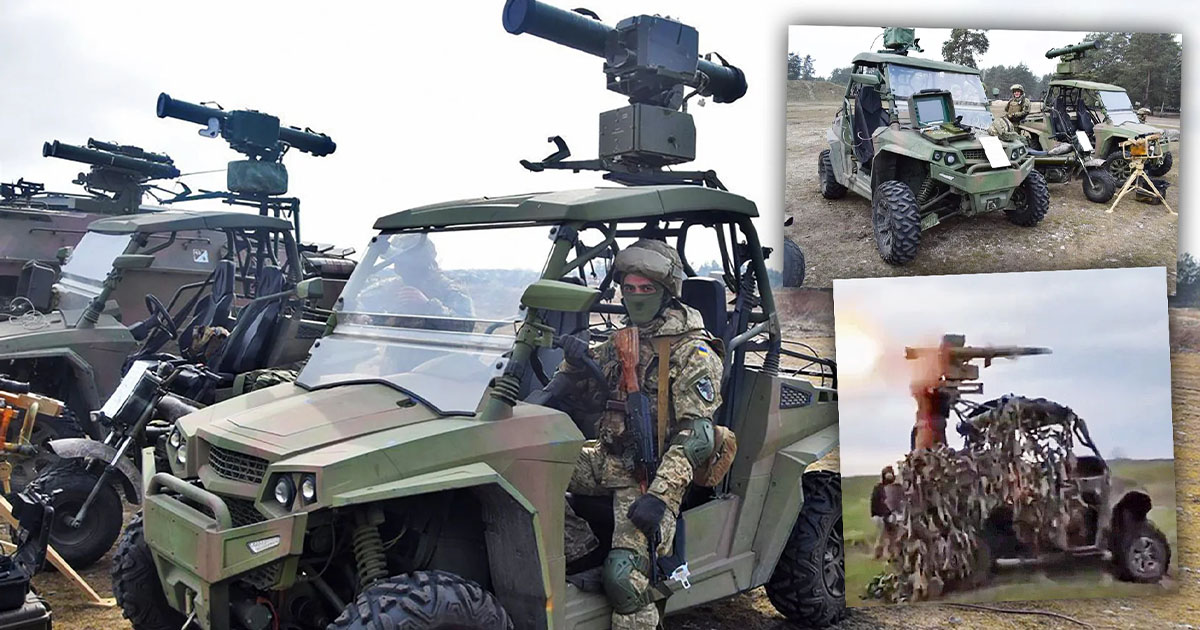
The Ukrainian military is battling Russian tanks with a strange military buggy, which has been seen in action in multiple photos and videos. But how can we be sure that these all-terrain vehicles are used to destroy tanks?
Easy! Because they are equipped with a Stugna-P anti-tank guided missile. Ukrainians are at it again with their inventive weaponry, this time with this Stugna-P placed on a buggy!
It’s well-known that the Ukrainians have put their anti-tank systems to the best use. Thanks to the internet and military specialists who spend their time identifying each one, the number of tanks destroyed by Ukrainian troops is well-documented.
Oryx is a credible source for documenting each side’s losses. It shows that during the almost three-month-long war, the Russian Army lost the following tanks:
- Destroyed tanks: 332
- Damaged tanks: 19
- Abandoned tanks: 47
- Captured tanks: 227
These numbers include the newly destroyed T-90M.

Moreover, and to make things even worse for the Russians, the Russian tank manufacturing has been stopped due to the lack of parts and foreign components. They are now required to take tanks from repair depots to bring them back into operational shape, making the Russians look bad.
Ukraine is using multiple anti-tank missiles, including the famous Javelin from the US and the NLAWs from the UK. However, it seems that the Ukrainians are now depending more on their domestic anti-tank missiles, the Stugna-P.
Why is the Ukrainian Army now using the Stugna-P more than the Javelin? What advantages does it provide by placing it over the buggies? And how could this be a deadly weapon to Russian tanks and more cost-effective than the Javelin?
Stugna-P – The Anti-Tank Missiles

An anti-tank guided missile known as the “Skif” or the “Stugna-P” from Ukraine is capable of penetrating current armored targets, including explosive reactive armor. These weapons can fire either 130mm or 152mm missiles and have a range of 3 miles thanks to automated fire-and-forget missile guidance. They’ve been reported to have taken out a Russian Kamov Ka-52 assault helicopter with a Stugna.

Stugna-P missiles are made by the famous Ukrainian Design Bureau Luch company, the one that produced the Neptune missiles that hit the Moskva.
The Stugna-P is intended to target personnel as well as fixed and mobile modern armored targets using integrated, carried, or monolithic armor, including explosive reactive armor (the one used by T-90), as well as pinpoint targets like as weapon emplacements, weakly armored objects, and hovering helicopters at any time of day or night.
The Stugna-P missiles may be guided manually through a remote terminal or semi-automatically with a command to line of sight arrangement in which the missile is directed via a laser beam focused at the intended target. The missiles are capable of carrying a variety of warheads, including tandem versions designed to break through explosive reactive armor and high-explosive-fragmentation and thermobaric payloads.
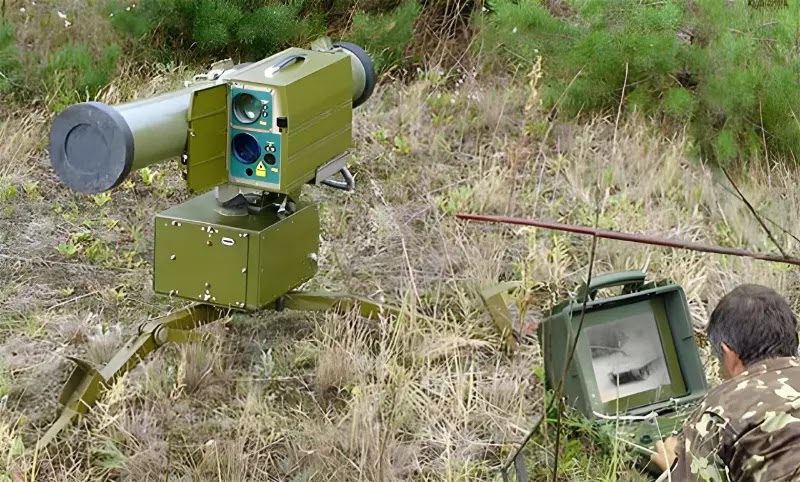
In order to operate the Stugna-P system, a crew of two to four soldiers must be on hand. It is usually fired from a tripod fixed on the ground, and has a television monitoring and pointing system, which can be seen in some photographs of the dune buggy-mounted devices, may also be used to shoot and manage the system remotely from as far away as 50 meters (164 feet).
Why is Stugna-P mounted on the Buggies?
With the combat shifting from Kyiv towards Donbas, a less forested and more open terrain, the Ukrainians lost some of the stealth methods they used to disrupt Russian convoys, most notably the 40-mile Russian convoy that became trapped a few miles outside of Kyiv. The Stugna is a large and bulky weapon for an infantry unit to carry around. To use this weapon, you’ll need a crew of three to four people; therefore, it’s not going to be very easy.
#Ukraine: A curious buggy (all terrain vehicle) armed with a Stugna-P anti-tank guided missile was recently destroyed in the vicinity of Izium, #Kharkiv Oblast. Such vehicles are currently used by many Ukrainian hit-and-run and raid teams in the region. pic.twitter.com/6JW9FbDpLB
— 🇺🇦 Ukraine Weapons Tracker (@UAWeapons) April 28, 2022
The Stugna, unlike the Javelin, is not a weapon that is left after use. It’s a reloadable recoilless weapon that can be used continuously. It’s really meant to be used in a stationary anti-tank location. There’s a protected laptop attached to the weapon with a 50-meter wire that the crew may use to operate it remotely.
🇺🇦 mobile ATGM, 2x Skif and 1x Corsar pic.twitter.com/cDW1cGGbor
— Abraxas Spa (@AbraxasSpa) April 21, 2021
To ensure that they can take this weapon with them as they advance against the Russians, the Ukrainians have decided to get creative. So what did the Ukrainians do? In order for their forces to hit and run Russian armored columns and get away just as quickly from their original firing positions, they mounted their Stugna-Ps on an ATV.
Why is This Method Better than Using Javelin?
These two-seater Polaris Rangers or MRZR Alphas, which have appeared online in photos, are believed to be the military buggies Ukrainian forces are using to travel quickly between firing positions. Despite their little size, these buggies are more than capable of carrying their weight.
Ukrainian SOF firing a buggy-mounted 9M111 Fagot ATGM pic.twitter.com/lmfBHNIGmu
— Cᴀʟɪʙʀᴇ Oʙsᴄᴜʀᴀ (@CalibreObscura) April 24, 2022
Polaris’ MRZR Alpha features a 362 km (225 miles) range and 635 kg (1,400 lb) payload capacity. Users can also choose between a 2WD and a 4WD model. With only 44 horsepower, but an estimated towing capability of 680 kg (1,500 lb), the Polaris Ranger has a price tag of less than $12,000.
Let’s perform some simple calculations: It is possible to create a mobile tank killer for $32,000 by using a Polaris Ranger ($12,000) and the Stugna-P ($20,000) instead of the Javelin ($178,000 each set). The destruction of these Russian tanks, which are expected to cost roughly $2,000,000 per unit depending on the type, will save the Ukrainian military a significant amount of money.
Pros of this Method
Our first impressions of this method point to several advantages:
Despite the fact that ATVs aren’t as capable off-road as tanks, they can be pulled out of the mud far more quickly than a tank. And the geographical nature of Ukraine is full of muddy lands and rivers.
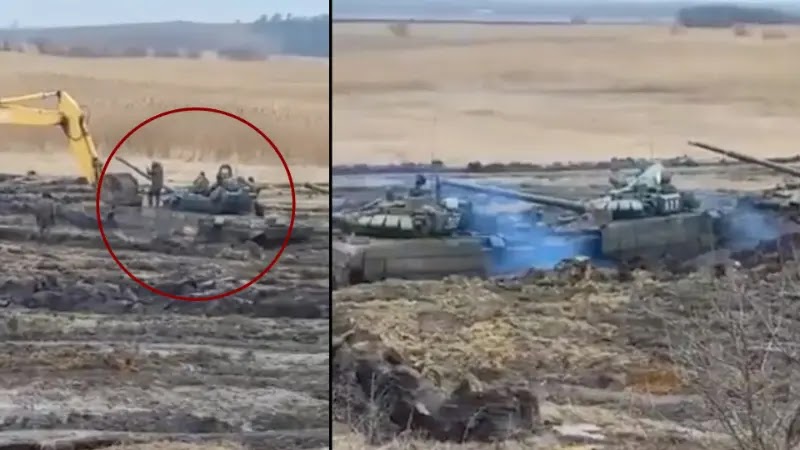
Their little gas or diesel engines may also be made quieter by a few mufflers filled with steel wool attached to their exhaust tips, making them much more stealthy. A buggy can also be used as a scout to evacuate casualties or bring back supplies to other Buggies.
Cons of this Method
There are, of course, some drawbacks to these advantages. The buggies are perfect for hit-and-runs attacks from a distance, but if a tank or an armed drone finds them, they’re in trouble since they have no crew protection and no countermeasures like smoke dispensers or reactive armor.
In Donbas, where the land is flat and barely planted, they will stand out like a sore thumb unless they adhere to roads and places that are near forested land. Eventually, the Russians will get used to finding them in certain locations.
Conclusion
Buggy vehicles are becoming common among law enforcement agencies these days. Special operations forces in the United States utilize a dune buggy comparable to the Polaris Dagor A1 ultra-light combat vehicle, which is more costly and bigger. The Polaris MRZR Alpha, which Polaris is currently manufacturing under a $109 million contract given in 2020, is also used by Special Operations Command (SOCOM). As an anti-tank guided missile (ATGM) shooter, MRZRs have been employed extensively in a variety of warzones.
Buggies have been used in the ATGM platform role for a long time. Just take a look at this picture of US Army soldiers on buggies equipped with TOW missiles and machine guns in the 1980s:
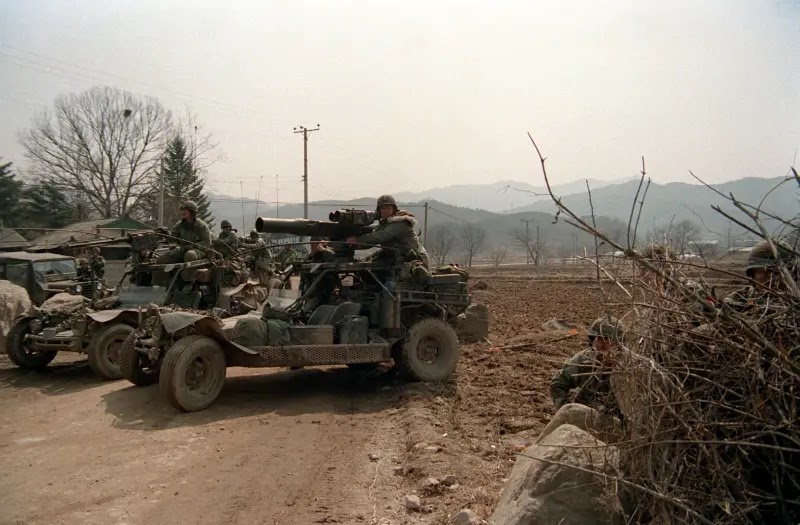
When fighting against Russia, the Ukrainian military has used a wide variety of vehicles and weaponry. Small, affordable UTVs have taken on some of the most feared armored vehicles on the globe. As this conflict continues, we may expect to see a wide range of unusual weaponry and tactics as Ukraine exploits its advantages against Russia’s disadvantages.

